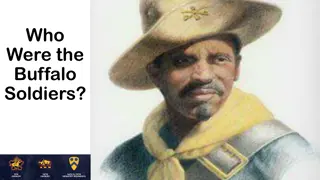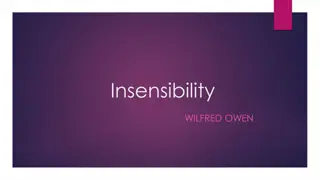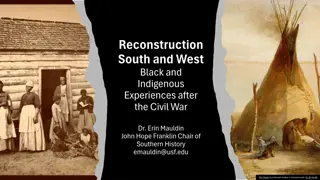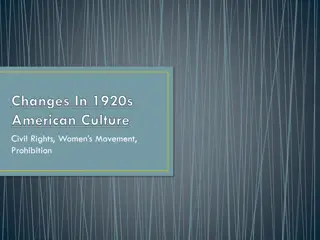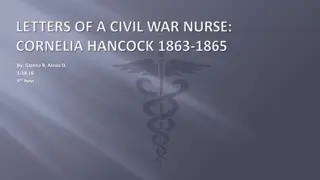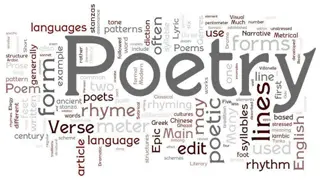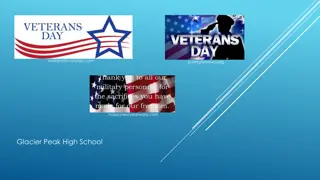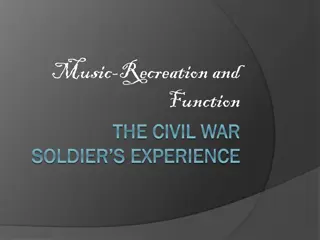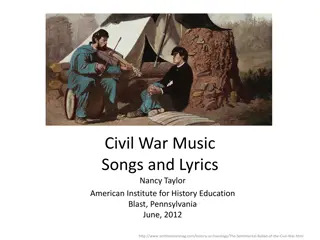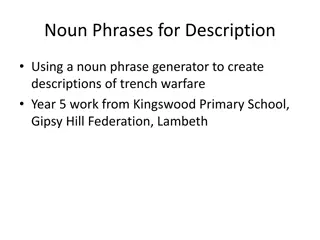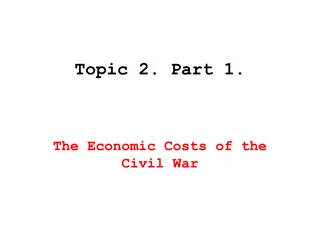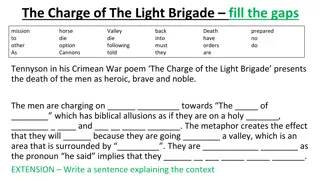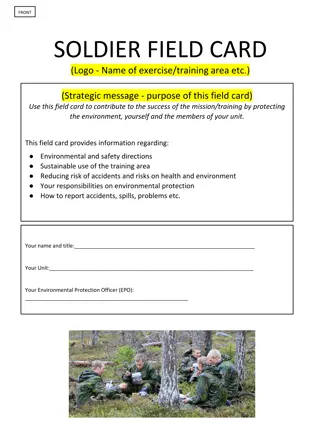Civil War Soldiers Through Their Letters
Explore the emotional and historical significance of Civil War soldiers' letters, offering a glimpse into their experiences, thoughts, and feelings during a tumultuous period in American history. Delve into how these letters serve as a bridge to the past, fostering empathy and connection with the individuals who endured the hardships of war.
Download Presentation

Please find below an Image/Link to download the presentation.
The content on the website is provided AS IS for your information and personal use only. It may not be sold, licensed, or shared on other websites without obtaining consent from the author.If you encounter any issues during the download, it is possible that the publisher has removed the file from their server.
You are allowed to download the files provided on this website for personal or commercial use, subject to the condition that they are used lawfully. All files are the property of their respective owners.
The content on the website is provided AS IS for your information and personal use only. It may not be sold, licensed, or shared on other websites without obtaining consent from the author.
E N D
Presentation Transcript
Creating Readers Theater The American Civil War Nancy Taylor Blast, Pennsylvania June, 2012 American Institute for History Education http://americancivilwar.com/kids_zone/soldiers_letters_civil_war.html
Pennsylvania State Standards 8.1.8.B. Compare and contrast a historical event, using multiple points of view from primary and secondary sources. 8.1.9.B. Compare the interpretation of historical events and sources, considering the use of fact versus opinion, multiple perspectives, and cause and effect relationships.
Soldiers wrote many letters home. It was a way to keep in touch with friends and loved ones, a way to share the experiences and heartbreaks of war. It was a way to relieve boredom. One of a soldiers greatest pleasures was to receive a letter. But not all the letters brought happy news. http://www.sonofthesouth.net/Homer_Letter/Homer_Christmas_Camp.jpg
Reading Civil War letters gives us a touch point to the past. When we read the letters we can learn what the soldier s were like, what they held dear, and what they thought of the war. When we read the letters as if they were written to us. We can laugh and cry with them, get angry, feel fear, pain, loneliness, sorrow, joy, relief. We can touch the past and feel historic empathy.
Soldiers could purchase stationary ink and writing implements from sutlers. Often the stationary and envelopes were engraved with patriotic pictures.
There was also stationary available for those at home.
Later in the war the U.S. Sanitary Commission and U. S. Christian Commission gave out paper and envelopes for free . In 1864 Union soldiers could send their letters free of charge as long as they wrote Soldier s Letter on the outside of the envelope. http://www.loc.gov/rr/mss/guide/ms009003.jpg http://www.shasta.com/suesgoodco/victorianvera/stationery/stationery.htm (source for envelope reproductions)
As the war wore on the Confederate soldiers had to deal with shortage of paper, stamps, and writing implements.
[City Point, Va. Brig. Gen. John A. Rawlins, Chief of Staff, with wife and child at door of their quarters]. http://memory.loc.gov/cgi-bin/query/D?cwar:11:./temp/~ammem_GfHm:: Reader s Theater can touch the past and bring the voices of the men and women of the Civil War to life
Readers Theater In a reader s theater presentation - readers use their voices to bring the text to life. Characteristics of Readers Theater Script is read and not memorized. Readers use only eye contact, facial expressions and vocal expressions to express emotion.
Student Direction Worksheet Read through the Timeline of Civil War Events for a review of materials covered in this unit. It is important to place the primary source voices you will be sharing in a reader s theater presentation in their historical context. As a group do a short analysis of your primary source voice
Type of document: Date of the document: Author of the document: For what audience was the document written: List three things the author said you think are important: What evidence in the document helps you know why it was written? Quote the document: List three things the document tells you about the Civil War?
What can you infer about the writer from reading the document? Can you tell anything about his or her personality? Can you tell anything about his or her feelings about the war or events he or she is involved in during the war? What does the primary source author emphasis? Are there parts that are written with emotion?
Together write a short introduction to your Civil War Voice - read the background information and place your voice on the timeline is there information from the timeline you would like for your narrator to include in your short introduction? Decide what part of your background information you might want the narrator to read before the Civil War voice reader and what you might want to save for the narrator to read after the voice reader has finished. (For instance, you might want to save the fact that he or she was killed in battle soon after the source was written for the last thing you read instead of telling your audience this before they hear the voice.)
Choose one person to be the narrator and one to be the Civil War Voice for the reader s theater presentation to the class. Look back at the analysis. How will the narrator emphasis important parts and how will the voice reader use his or her voice to emphasis points and show emotion? Practice out loud with the third member listening and critiquing how to improve the readings. If you broke the narrator s background information into two parts the third team member could present the closing part.
Assessment Students write a response letter to the author of the letter they shared in the Reader s Theater. Letter should include answers to the concerns of their loved one as well as reactions to material on the timeline that would affect the writer and reader of the letter.
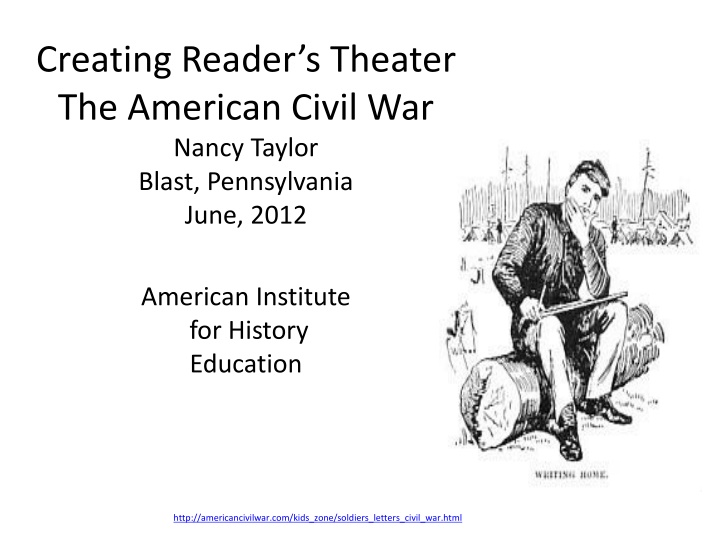

![❤[PDF]⚡ Civil War Talks: Further Reminiscences of George S. Bernard and His Fel](/thumb/20551/pdf-civil-war-talks-further-reminiscences-of-george-s-bernard-and-his-fel.jpg)
